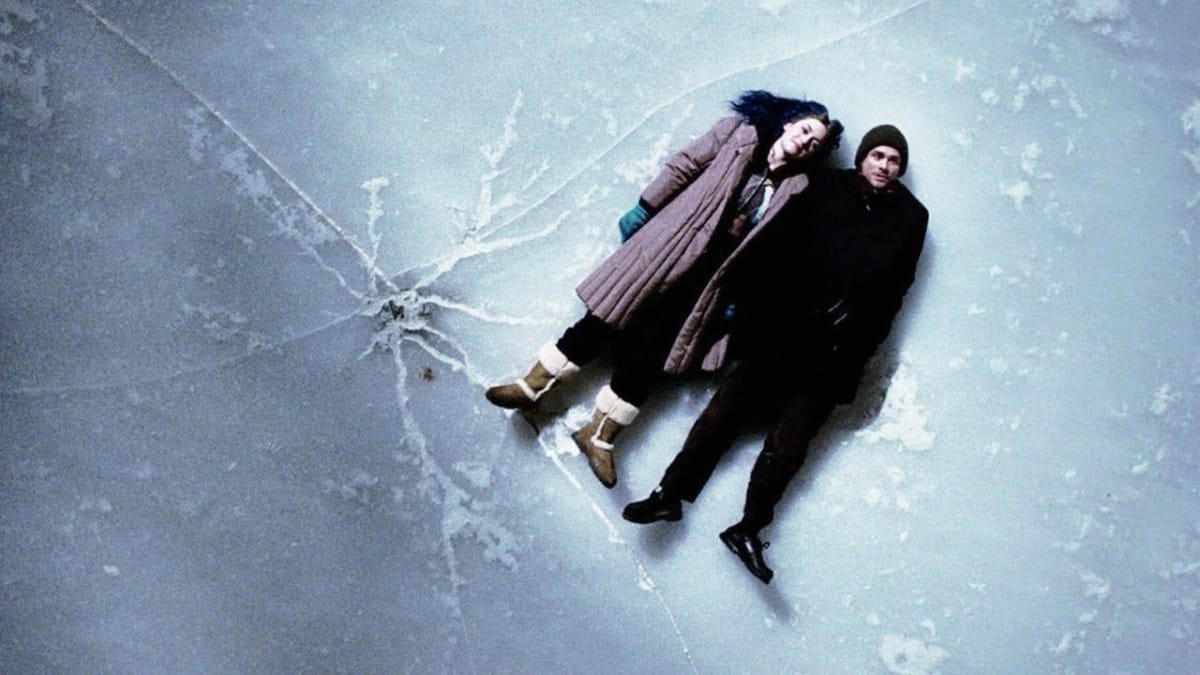
“Hans has been keeping a diary for more than thirty years and finds comfort in it, and also takes pleasure in it. The other day he found his diary from ’47, read it and, despite the idea for a story or even a novel, it made him very sad. There were things in that past that he would rather have forgotten forever.”
In 2018, Mensje van Keulen published her diaries from 1977-1979 as ‘Precipitation of a marriage’ (Neerslag van een huwelijk). The fragment above can be found in the diary. Especially the last sentence is recognizable: done things don’t happen again, yet many of us regret things we did or didn’t do. Either we regret how things turned out, or that they happened to us in the first place.
The burden of memory is a recurring theme in philosophy. Friedrich Nietzsche wrote how man “cannot learn to forget and is always attached to the past. No matter how far, no matter how fast he walks, the chain follows.” The older you get, the heavier the baggage can weigh. But if you don’t forget, “it’s impossible to live.”
In the poetic film Eternal Sunshine of the Spotless Mind ex-lovers have their memories erased after a break in love, so they can continue with a clean slate. In 2019, they would have to erase not only their own memory, but also the often ruthless memory of the internet, in order to break free from the past.
Hilarious, astounding or heartbreaking
At the end of the year, Facebook presents its users with their ‘Year in review’. A photo collage gives you an overview of the past year. In a much-discussed blog post from 2014, Eric Meyer talks about ‘inadvertent algorithmic cruelty’. In December 2014, he got to see his annual review. “Here’s what your year looked like!” – and then his smiling daughter Rebecca appeared. 2014 was the year she died. Meyer states that if a person would do this to the parents of a deceased child, we would morally condemn it. But “coming from code, it’s just unfortunate. These are hard, hard problems. It isn’t easy to programmatically figure out if a picture has a ton of Likes because it’s hilarious, astounding, or heartbreaking.” Facebook could give the user more control, for example by making it easier to disable annual overviews and push messages from memories.
The mobile Internet and the Internet of Things make ‘coveillance’ easier: keeping an eye on each other. With the camera in our smartphone, we take public and private photos and videos, often without thinking about whether that is desirable. Online we can drag others (uninvited) into the public domain, even if it’s really not funny.
Dani Mathers, an American model, saw an older lady showering in the dressing room of the sports club, took a picture of the naked woman and swung it on Snapchat with the words: ‘If I can’t unsee this then you can’t either‘. The photo was shared en masse and appeared on international news websites. Mathers was convicted for it, but the woman in the picture has to live with the fact that the picture will not disappear from the internet.
A victim of the terrorist attacks of 22 March 2016 in Zaventem airport explained how, while he was bleeding on the ground, bystanders took pictures of him: “I don’t understand why everyone takes pictures while people are suffering. I myself would never do that. ‘No pictures please’, I eventually yelled. That’s not normal, is it?” Sometimes looking seems to have taken the place of thinking.
The right to noise
In ‘Long time coming’ Bruce Springsteen sings about his children: “Well if I had one wish in this god forsaken world, kids / It’d be that your mistakes would be your own.” In the past, only children of distinguished families grew up in front of cameras. In the meantime, there are many image archives of children and young people, which increases the chance that stupidities are registered.
“Once a dustbin, history becomes a freezer,” says Anita Allen. Moreover, you don’t know on which servers data, photos or videos of yours are kept that can be ‘defrosted’ later on. Examples of this are nude photographs and revenge pornography, which may still appear online years later.
In 2007, researchers Martin Dodge and Rob Kitchin argued in favour of programming an ‘ethics of forgetting’ in the design. For example, by deliberately making the flawless memory of technology less perfect, or at least by giving users that option. This can be done by erasing certain data, by making it blurred or by adding noise to the data. Such a deliberate form of ‘amnesia’ can relieve people of a burden by loosening the past. Forgetting is an important value in an information society. “The right to erasure” is already part of GDPR. The right to noise can easily be added to that.
Of course, not all of the problems described above require a technological solution. We need more etiquette when it comes to (unsolicited) filming, monitoring and photography. A better world also starts with a centuries-old golden rule: ‘Don’t do to someone else what you don’t want to be done to yourself’.
About this column:
In a weekly column, alternately written by Eveline van Zeeland, Jan Wouters, Katleen Gabriels, Maarten Steinbuch, Mary Fiers, Carlo van de Weijer, Lucien Engelen, Tessie Hartjes and Auke Hoekstra, Innovation Origins tries to find out what the future will look like. These columnists, occasionally supplemented with guest bloggers, are all working in their own way on solutions for the problems of our time. So tomorrow will be good. Here are all the previous episodes.

